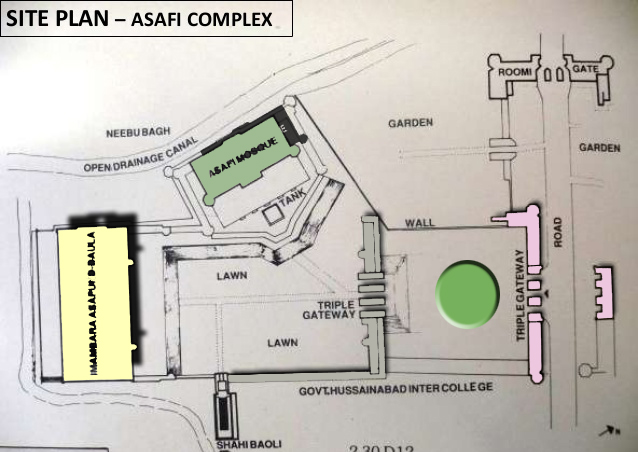INTRODUCTION
- Stupas are basically hemispherical domes.
- Initially the were very ir-regular.
- But ashoka thought to make huge stone dome covered by bricks and well decorated.
- Though he also placed pillars all over india indicating dharm .
THREE TYPES OF STUPA
A stupa is a sacred Buddhist monument built of stone shaped like a pyramid or dome. The form originated in India and was later adopted in many countries in Central, East, and South East Asia. Three types of stupa are shown here (from left to right): Gorin-tou, Hou-tou, and Houkyouin-tou. The Gorin-tou is made up of five pieces of stone, each representing (from the top downwards) one of the five elements: Space, Earth, Fire, Wind, Water. Viewed from above, the Hou-tou has a square roof and is usually decorated with an ornament on top. The Houkyouin-tou is named after the religious text, or sutra, "Houkyou indarani" offered by devotees in China. The design is also found in Japan in the Kamakura period. "Tou" means "tower".
Located within a 24 km (15 mi) radius of Sanchi, the sandstone hills are well furnished with important archaeological sites, but the best preserved of these is the Great Stupa on the Sanchi hill. The Great Stupa is a concrete dome of stone and brick, 37 meters (121 ft) in diameter and 17 meters (56 ft) high, surrounded by a raised roof at its base and surrounded by a stone bastrade. is. At the top of the dome is a platform, or altar, which supports another buster and is crowned by the sacred chhatra. Toranas (large, heavily carved gates) stand at each of the four corners at the base of the dome. It is believed that Emperor Ashoka started the construction of the mound in the third century BC and it was developed until the first century AD (see Indian Art and Architecture). Sanchi remained important for 1,000 years, but was eventually abandoned. Music and errand, Sanchi was exposed in the early 19th century. Its cultural and historical significance was acknowledged in 1989 when it was declared a World Heritage Site.
Great Stupa, Sanchi
The great stupa at Sanchi in the central Indian state of Madhya Pradesh was built in the third century BC. And was built between the early advertising of the first century. The concrete temple is surrounded by an outer stone fence surrounded by pylons (gates). Devotees surround the dome, which represents the world mountain. A harika (four-sided enclosure) above the dome represents the sky and surrounds the Yasti, a spire with three chatras (discs) that represent the axis of the universe.
- It was made of hemispherical dome and bricks were layed on it.
- A fencing was also given which was called vedika.
- 4 gateways were also given on 4 cardinal points of fencing.
- Idea of gateway was taken from bamboo gate ways of aryan village.
CARVINGS ON THE GREAT STUPA
Intricate relief carvings, depicting elephants, horses, camels, and human figures decorate the gateways (a detail of which is shown here) to the Great Stupa at Sanchi.



















No comments:
Post a Comment